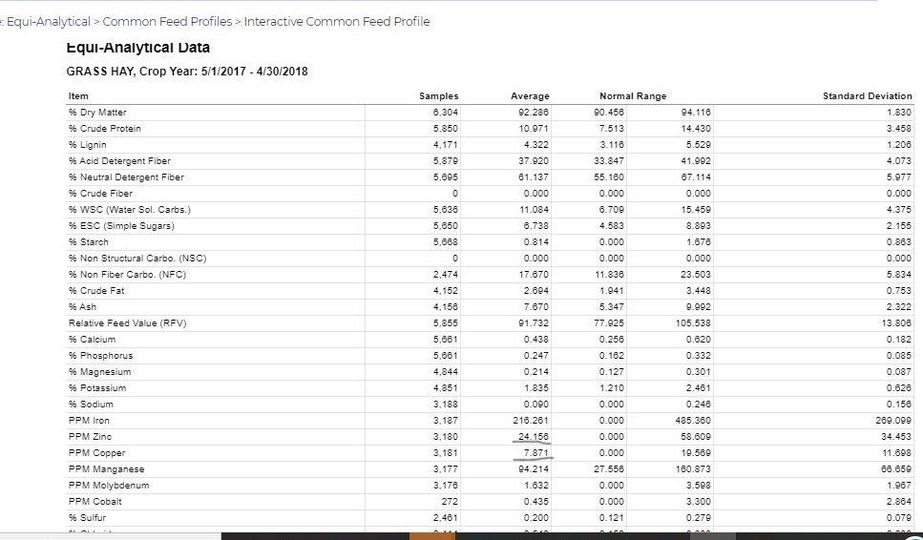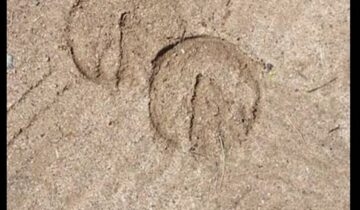Today we’re looking at a crucial aspect of equine care – the role of iron, copper, and zinc in your horse’s diet. Under the guidance of Dr. Kellon, VMD, I have studied the intricate balance these minerals play in maintaining optimal health, particularly focusing on hoof and coat health, which are often the telltale signs of your horse’s nutritional well-being.
In the realm of equine nutrition, the demands for minerals and nutrients vary depending on factors such as growth, lactation, breeding, maintenance, workloads, and even specific health conditions like endocrine disorders. Today, we’ll focus on the nutritional requirements based on a 500 kg horse at maintenance, for simplicity’s sake. According to the NRC (National Research Council) guidelines outlined in the Nutrient Requirements of Horses (NRC Press, 2007), the recommended daily intake for our 500 kg horse at maintenance are as follows:
- Iron: 400 mg
- Copper: 100 mg
- Zinc: 400 mg
Now, let’s take a look at a practical scenario using data from Equi-analytical for grass hay. In the below screenshot, you’ll notice that the “average” values for copper and zinc across all samples are highlighted.
Assuming our maintenance horse consumes 10 kgs (or 2%)of its body weight in hay per day, it becomes evident that the intake falls short of meeting the minimum requirements for copper and zinc – leading to what we term as a frank deficiency. (For further insights on frank and relative deficiencies, I’d direct you to Kathleen Gustafon’s paper on the subject.)
Based on the hay analysis, our horse would only intake approximately 241 mg of zinc and 78 mg of copper daily, significantly below the NRC’s recommended levels.
Onto the iron content in the hay. With an average iron content of 260 mg per 10 kgs of hay, our horse would consume a hefty 2600 mg of iron daily. This abundance of iron can lead to a relative deficiency since iron competes with copper and zinc for absorption. We should be aiming to maintain a ratio of Iron:Copper:Zinc at 4:1:3. While the calculations for this ratio might require some in-depth math, it underscores the importance of balance in equine nutrition.
To address these nutritional gaps, here at Wandilla we have initiated testing on our grass hays to build a comprehensive database. This database will (eventually) serve as a foundation for understanding our clients’ horses’ mineral, protein, fat, and vitamin needs more precisely.
Ultimately, my aim is to formulate custom supplement blends tailored to match the specific nutritional profile of the hay grown on our farm. In the meantime, we continue to review your individual equine needs and personal analysis’ to provide our clients with Wandilla Mineral Mix, which contains essential elements like copper and zinc to support their horses’ overall health and well-being.




 No products in the cart.
No products in the cart.